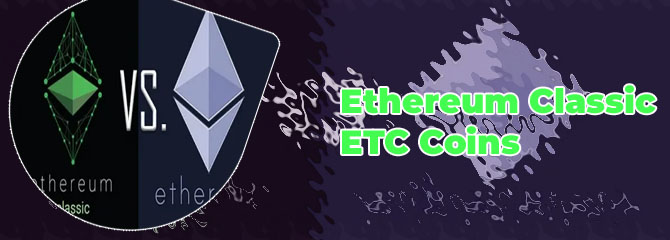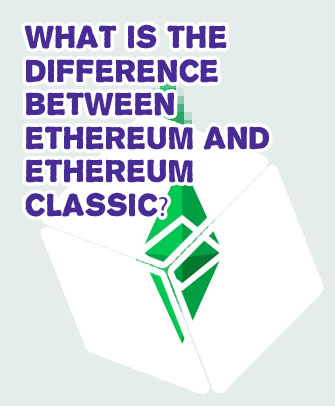
Ethereum vs Ethereum Classic is a hotly debated topic in the cryptocurrency community, with supporters on both sides fiercely defending their chosen platform. To help shed light on the differences between the two, here are three articles that provide valuable insights into the key distinctions and considerations when comparing Ethereum and Ethereum Classic.
Ethereum vs Ethereum Classic is a hotly debated topic in the cryptocurrency community, with supporters on both sides fiercely defending their chosen platform. To help shed light on the differences between the two, here are three articles that provide valuable insights into the key distinctions and considerations when comparing Ethereum and Ethereum Classic.
Understanding the Origins of Ethereum and Ethereum Classic

Ethereum and Ethereum Classic are two of the most well-known cryptocurrencies in the world today, both of which have their origins in the Ethereum blockchain. The Ethereum blockchain was first proposed by Vitalik Buterin in late 2013, with the network going live on July 30, 2015. The main goal of Ethereum was to create a decentralized platform that could support smart contracts, which are self-executing contracts with the terms of the agreement directly written into code. This innovative concept opened up a world of possibilities for developers to create decentralized applications (dApps) that could run on the blockchain.
However, in June 2016, an incident occurred that led to a controversial hard fork in the Ethereum network. The DAO (Decentralized Autonomous Organization) was a crowdfunding project built on Ethereum that was exploited by a hacker, resulting in the loss of millions of dollars worth of Ether. In response, the Ethereum community voted to implement a hard fork to reverse the transactions and recover the stolen funds. This decision led to the creation of Ethereum Classic, a separate blockchain that continued with the original Ethereum chain without reversing the transactions.
Understanding the origins of Ethereum and Ethereum Classic is crucial for anyone interested in the world of cryptocurrencies and blockchain technology. It provides valuable insights into the history of
Technical Differences Between Ethereum and Ethereum Classic
Ethereum and Ethereum Classic are two prominent blockchain platforms that have emerged from a shared history but have diverged in their technical implementations. Understanding the key differences between these two platforms is crucial for investors, developers, and enthusiasts alike.
-
Smart Contract Execution: One of the fundamental differences between Ethereum and Ethereum Classic lies in how smart contracts are executed. Ethereum uses a consensus mechanism known as Proof of Stake (PoS) to validate transactions and execute smart contracts, while Ethereum Classic relies on Proof of Work (PoW). This difference in consensus mechanisms has significant implications for security, scalability, and decentralization.
-
Forking Events: Ethereum and Ethereum Classic have also diverged due to a contentious forking event in 2016. The Ethereum community supported a hard fork to reverse the effects of a hack on the Decentralized Autonomous Organization (DAO), leading to the creation of Ethereum as we know it today. However, a minority of the community disagreed with the fork and continued to support the original chain, which became Ethereum Classic.
-
Community Consensus: The split between Ethereum and Ethereum Classic has led to differing community values and priorities. Ethereum has focused on scalability and transitioning to a PoS consensus mechanism with the upcoming Ethereum 2.0 upgrade.
Ethereum vs Ethereum Classic: Which is the Better Investment?
Investing in cryptocurrencies can be a lucrative venture, but choosing the right one can be a daunting task. When it comes to Ethereum and Ethereum Classic, investors often find themselves at a crossroads.
Ethereum, created by Vitalik Buterin in 2015, has established itself as a leading blockchain platform with smart contract functionality. Its scalability and versatility have made it a popular choice among developers and investors alike. The Ethereum network is constantly evolving, with upgrades like Ethereum 2.0 aimed at improving its efficiency and sustainability.
On the other hand, Ethereum Classic is a result of a hard fork from the original Ethereum blockchain in 2016. While it shares some similarities with Ethereum, such as smart contract functionality, it has a smaller community and fewer developers working on the platform. Despite this, Ethereum Classic has its loyal supporters who believe in its principles of immutability and decentralization.
When considering which is the better investment, it is essential to weigh the pros and cons of each. Ethereum offers a larger user base and more development activity, making it a more attractive option for those looking for long-term growth. However, Ethereum Classic's commitment to decentralization and resistance to change may appeal to investors seeking a more conservative approach.
